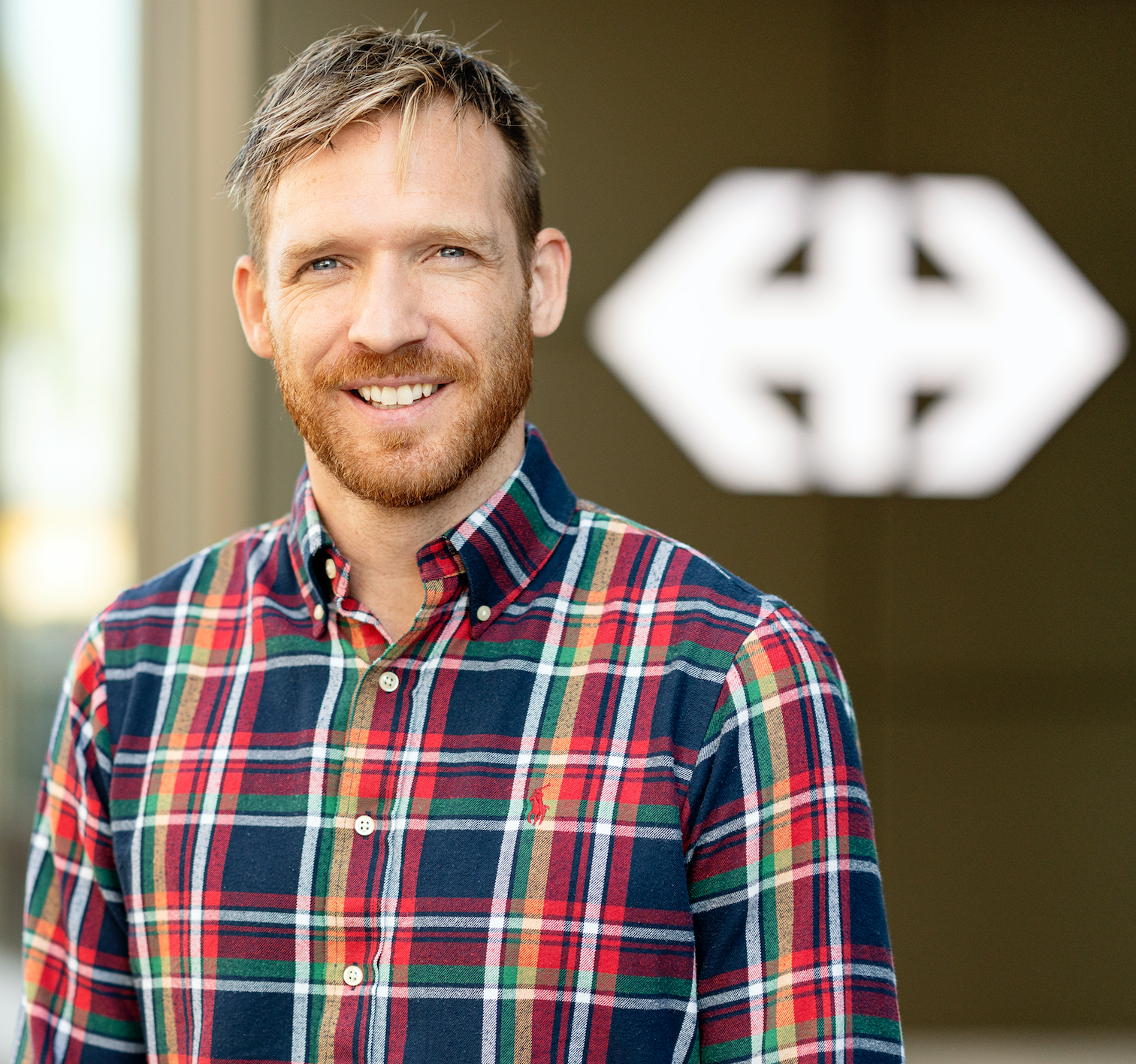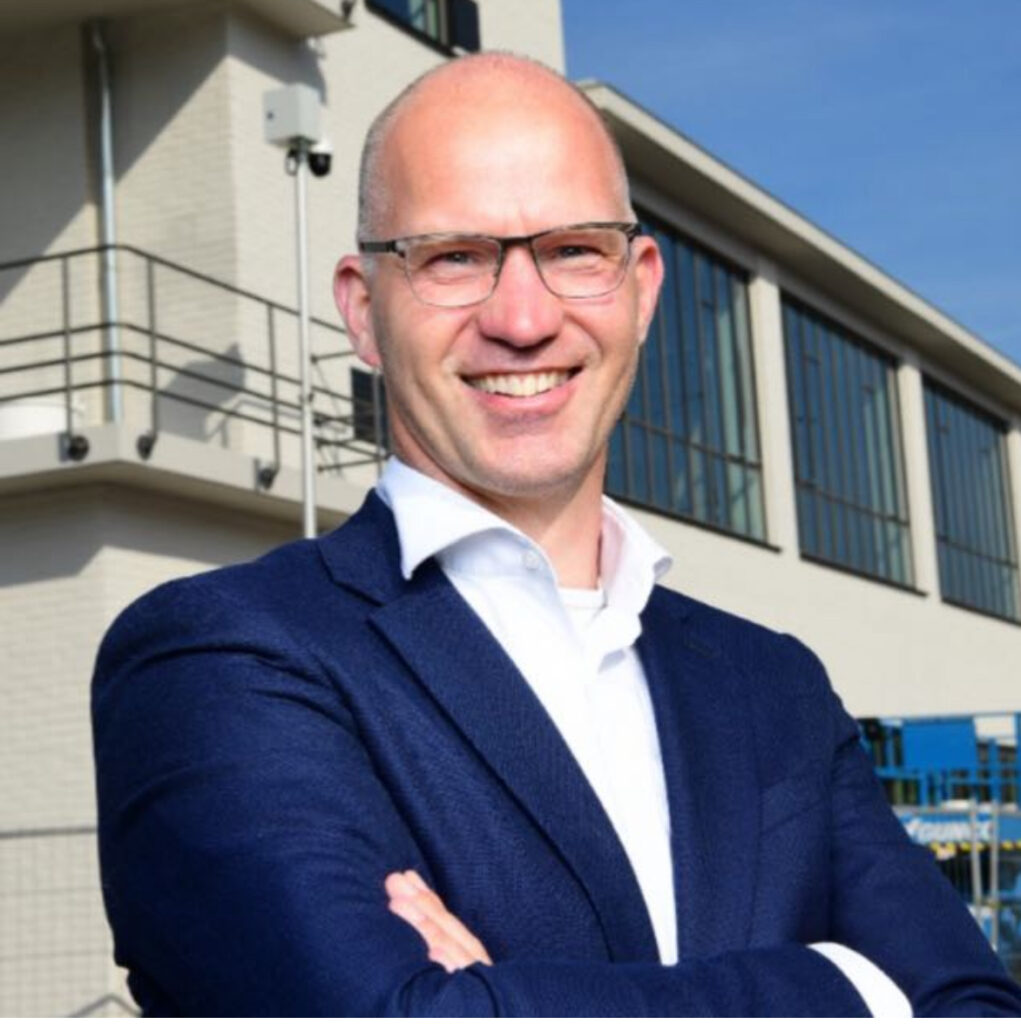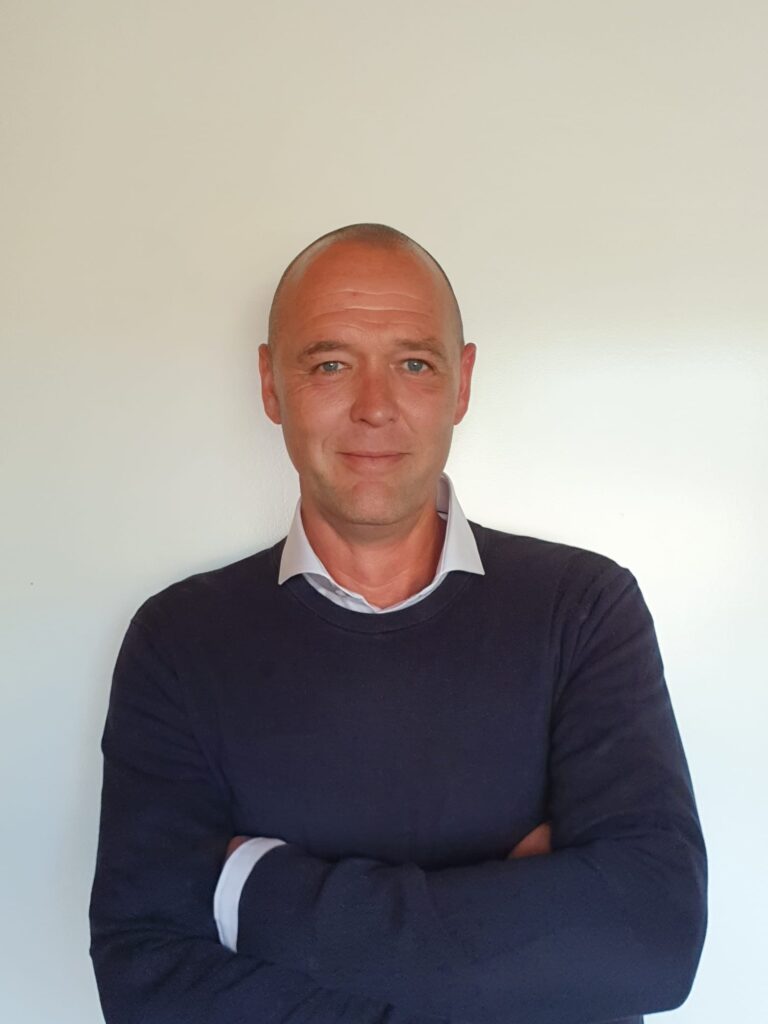Planning the end at the beginning: developing competition criteria in a team effort
Registering the existing buildings: BIM Facility created a BIM model from measurement data obtained from drones, scans and tachometers. In this model, the building components are not only recorded pictorially, but also as ‘objects’. Their mass and materials are described to a predefined level of detail. The BIM model provides information about the types and amount of materials used, where they are located within the building and how they could be retrieved and reused in the event of demolition. Creating a material passport: The BIM model was registered on Madaster’s online platform, enriched with the information from the databases available there and presented in a material passport. These passports not only provide an overview of all materials and products used, their quantities and locations in the building, but also shows an index of the reuse potential of the materials as well as the degree of circularity of the buildings involved. Analysing components and temporal relevance: The subsequent component analysis by Drees & Sommer provides information on material categories, disassembly potential and the risk of pollution related to the components. Particularly relevant for the architectural competition is the evaluation of the design relevance and identity-forming characteristics of the components. Old warehouse scaffolding or the SBB station clocks, for example, are highly distinctive features and should therefore be reused on site, if possible. Above all, the high potential for reducing CO2 equivalents and the ecological added value of reuse become visible especially in the finishing, the external wall cladding and in the construction/shell. Circular criteria relevant for the competition: Circularity finally defines the circular economy criteria for the architecture competition. Criteria include a high proportion of reuse, design for disassembly, low emission level related to construction, durability and reusability. Another point of discussion is which level of stringency to apply to the criteria in the architectural competition without disproportionately restricting the creative designing process.Lessons learned for the future from cooperation
SBB and its partners consider the project a success. Everyone was able to learn a lot about the realisation of circular economy in construction. One question in particular was often raised: what should be the level of detail of the data to be collected? Digital consistency of data is essential for efficient collaboration. The type of data and level of accuracy must be right so that everyone involved is able to speak the same language. Architectural offices receive the ‘construction kit’ of available components to base their planning on. Components that are included in the material passport but are not reused can simply be consolidated and sold online on specific construction material market sites. The example of the station clocks showed that clients need more experience when assigning the construction of a circular building. The clocks were not part of the BIM order and were therefore not recorded in the inventory. It was not until the component analysis was conducted that they were recognised as very interesting items for reuse, because of their distinctive character. In the future, clients would want to know which components need to be included in the BIM model component analysis. Early coordination between the developer of the BIM model and the subsequent component analysis is appropriate. The building owner must also be clear about the goals and the desired level of effectivity with respect to the circular economy. Measures will not all achieve similar goals. From the discussions, it also became obvious that the current deconstruction processes need to be reconsidered. The standard procedure today is to demolish a building and then start planning a new one on a new site. In the ideal situation, however, the architectural design should be based on the available materials. To this end, the competition announcement should include the suggestion to include any materials from the deconstruction of the old building in the planning of the new-build property. It should also be possible to combine the deconstruction permit and the new building permit. In Switzerland, these permit are currently issued separately. Furthermore, issues of temporary material storage also still need to be addressed. The architectural competition will start in the near future. The submissions will show new possibilities for circular construction. Projects such as Wolf Basel are fundamental to the transformation of Swiss construction. Shared learning and understanding form the basis for a sustainable Swiss construction and real estate industry. SBB coordinates its activities in the area of circular economy in a competence centre for circular economy. For more information, see the SBB website: https://company.sbb.ch/de/ueber-die-sbb/verantwortung/nachhaltigkeit/umweltschutz/kreislaufwirtschaft.htmlContact
- Daniel Zogg, Responsible for recycling management SBB Immobilien, daniel.zogg@sbb.ch
- Samuel Pillichody, General project leader SBB Immobilien Development Anlageobjekte Mitte, samuel.pillichody@sbb.ch
- https://www.bim-facility.ch/
- https://www.dreso.com/ch/
- https://zirkular.net/
Foto © SBB CFF FFS
Join our movement, start preserving value
Learn about our platformMadaster offers a partner and subscription model.
Madaster platform
Step 1
-
Partner
Our partner model provides guidance, support, training and enables you to leverage our ecosystem through marketing and network events.
-
Subscription
Our subscription model gives you access to our platform.
-
Demo
Request a demo to get to know our platform.
Step 2
-
Basic
License 1
Object 1
Onboarding 1,5h
Product update 2x/ year
Marketing Basic
Network event 1x
Client event –
CHF 4’250 / year *
-
Extra
License 1
Object 1
Onboarding 2x 1,5h
Product update 2x/ year
Marketing Extra
Network event 1x
Client event –
CHF 7’250 / year *
-
Premium
License 1
Object 1
Onboarding 2x 1,5h
Product update 2x/ year
Marketing Premium
Network event 1x
Client event 1x
CHF 9’250 / year *
-
Business user
Access to the Madaster platform for business users, e.g. in addition to a partnership.CHF 1’250 / year *
-
Private user
Access to the Madaster platform for private customers, e.g. for registering a building or creating a building dossier.CHF 80 / year *
-
Manufacturers
Manufacturers can register their product portfolio on Madaster. If the product data can be used by all users, registration is free of charge. Additional features require a Madaster subscription and partnership.CHF 0 / year *
Contact us directly
info@madaster.ch
Josefstrasse 53
8005 Zürich
Switzerland



